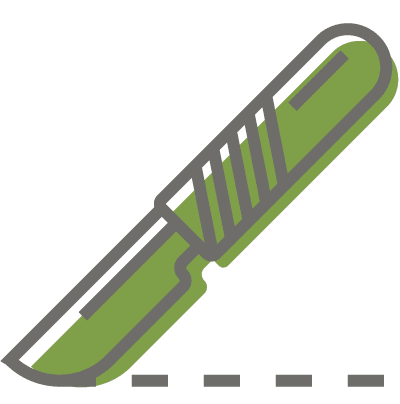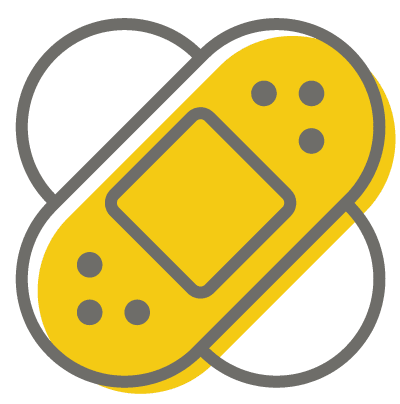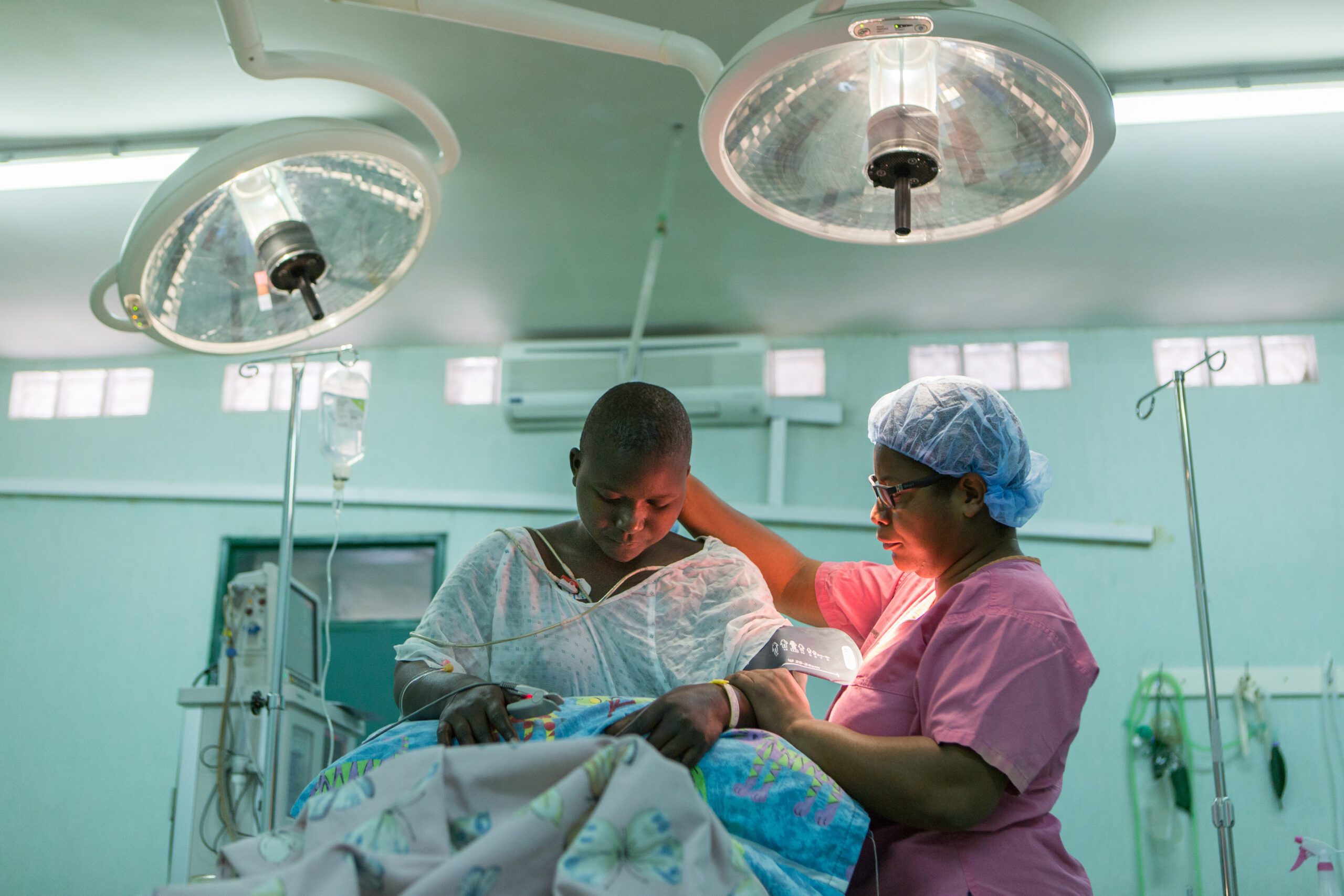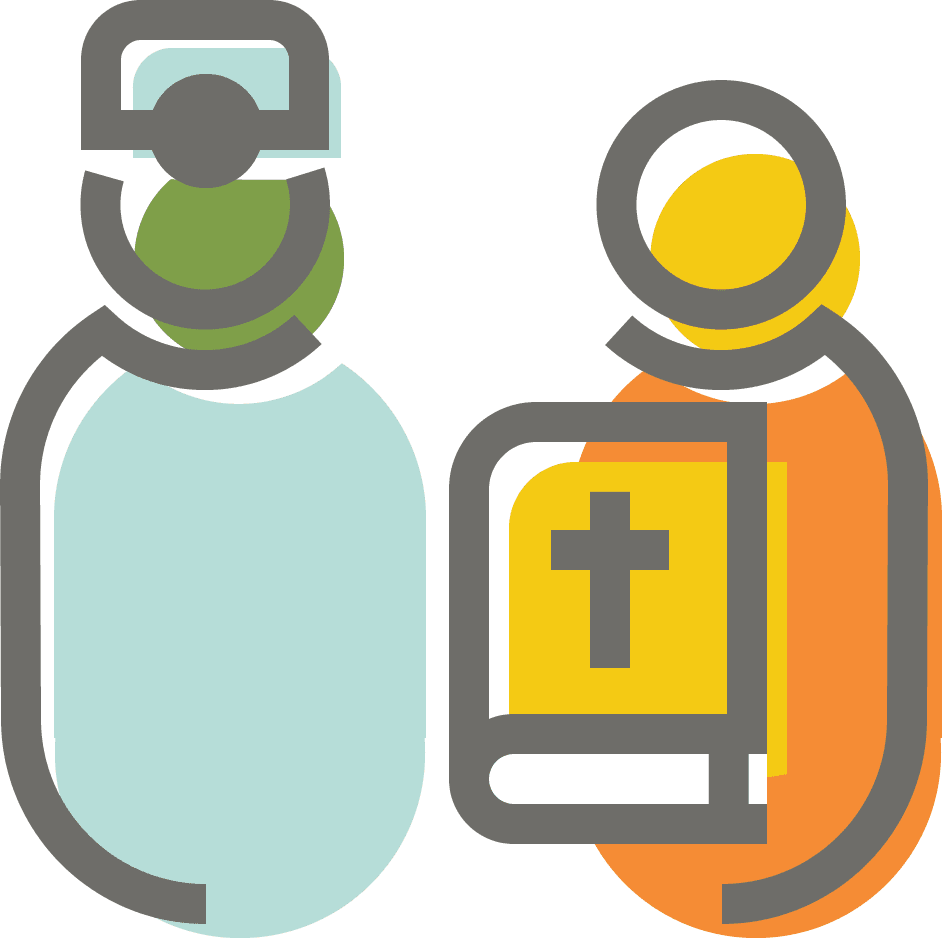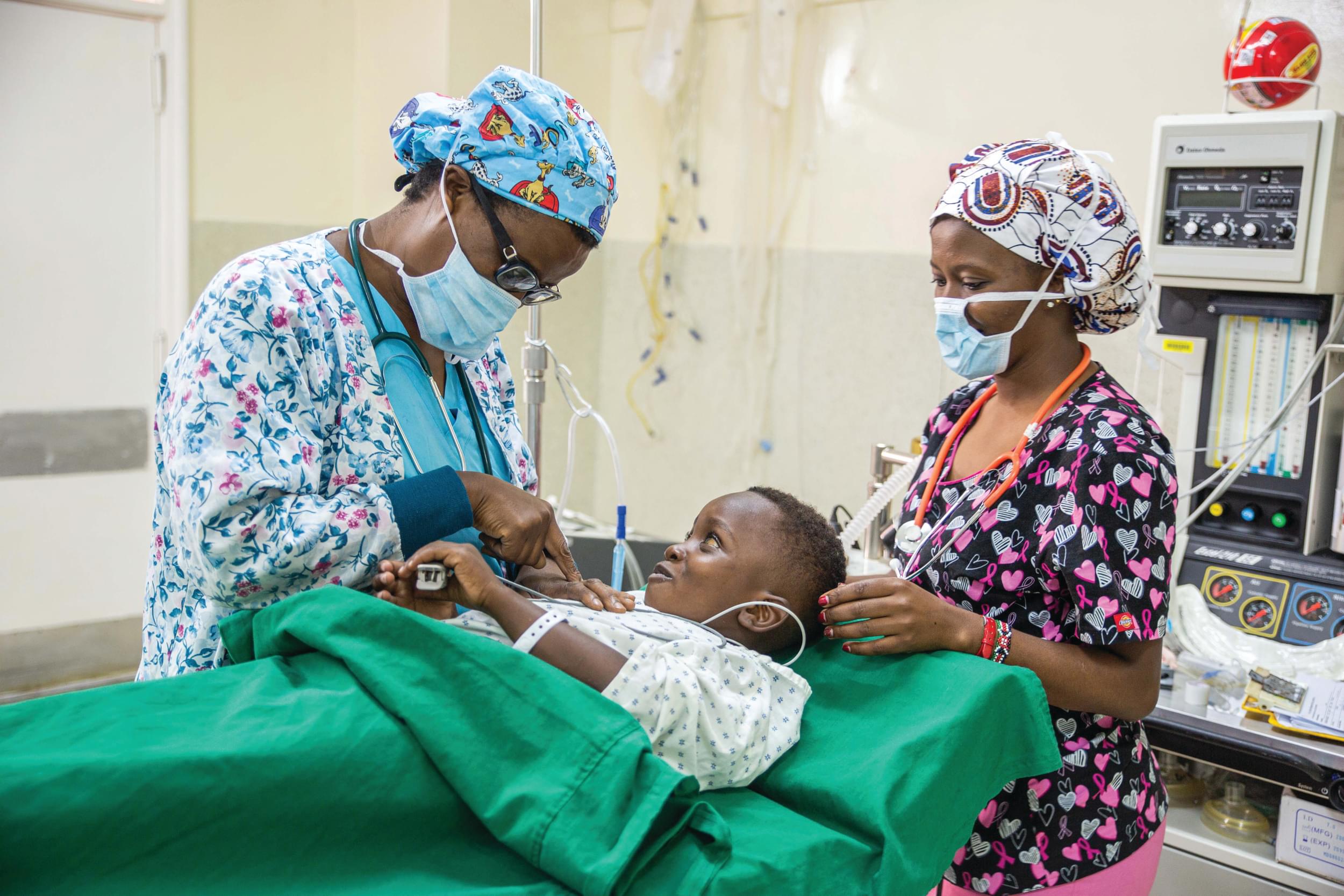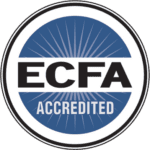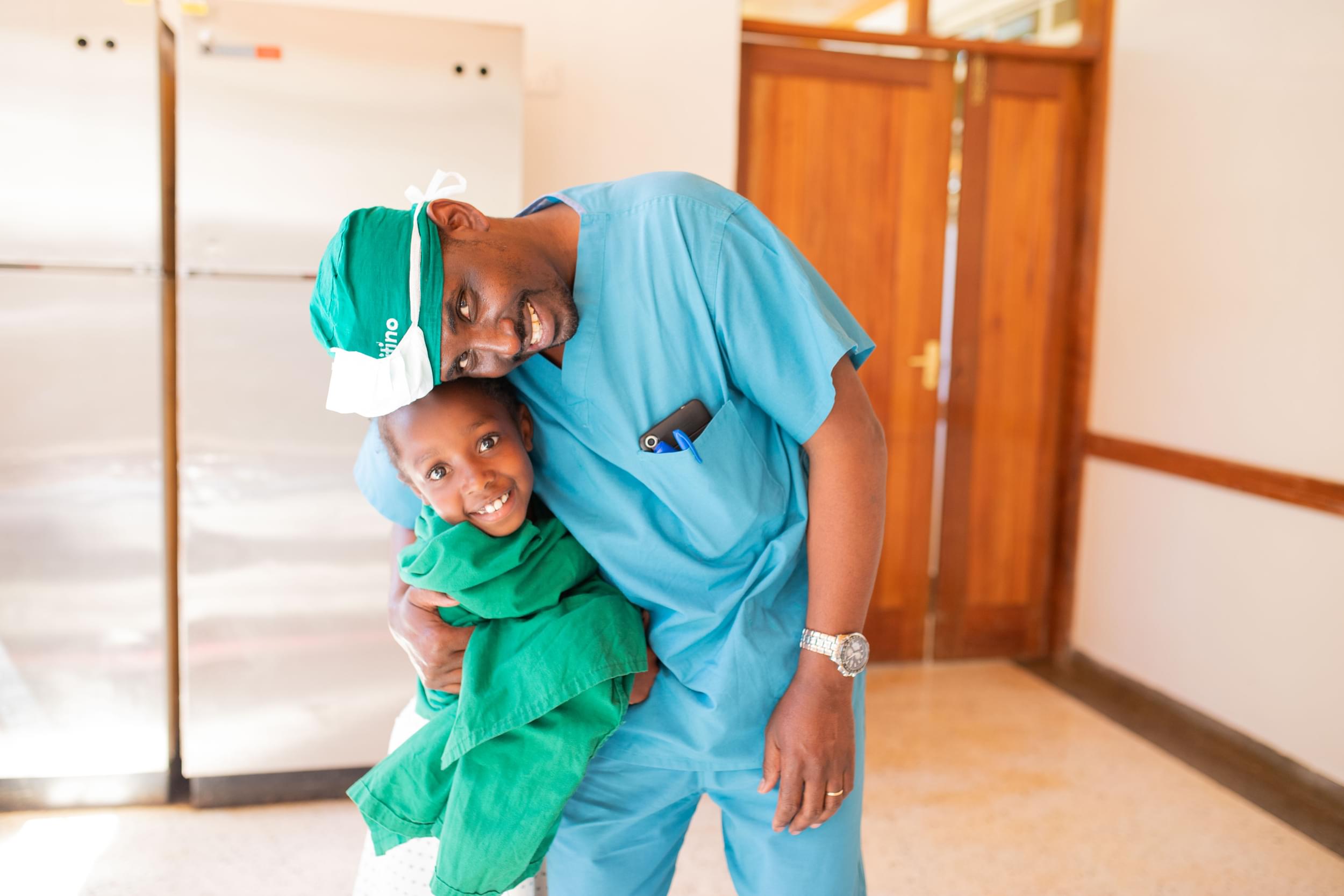Treating older children with clubfoot: results of a cross-sectional survey of expert practitioners
Abstract: Treating clubfoot in walking-age children is debated, despite studies showing that using the Ponseti casting principles can correct the midfoot effectively. We aimed to explore techniques and approaches for the management of older children with clubfoot and identify consensus areas. A mixed-methods cross-sectional electronic survey on delayed-presenting clubfoot (DPC) was sent to 88 clubfoot practitioners (response rate 56.8%). We collected data on decision-making, casting, imaging, orthotics, surgery, recurrence, rehabilitation, multidisciplinary care, and contextual factors. The quantitative data were analysed using descriptive statistics. The qualitative data were analysed using conventional content analysis. Many respondents reported using the Pirani score and some used the PAVER score to aid deformity severity assessment and correctability. Respondents consistently applied the Ponseti casting principles with a stepwise approach. Respondents reported economic, social, and other contextual factors that influenced the timing of the treatment, the decision to treat a bilateral deformity simultaneously, and casting intervals. Differences were seen around orthotic usage and surgical approaches, such as the use of tibialis anterior tendon transfer following full correction. In summary, the survey identified consensus areas in the overall principles of management for older children with clubfoot and the implementation of the Ponseti principles. The results indicate these principles are well recognised as a multidisciplinary approach for older children with clubfoot and can be adapted well for different geographical and healthcare contexts.


